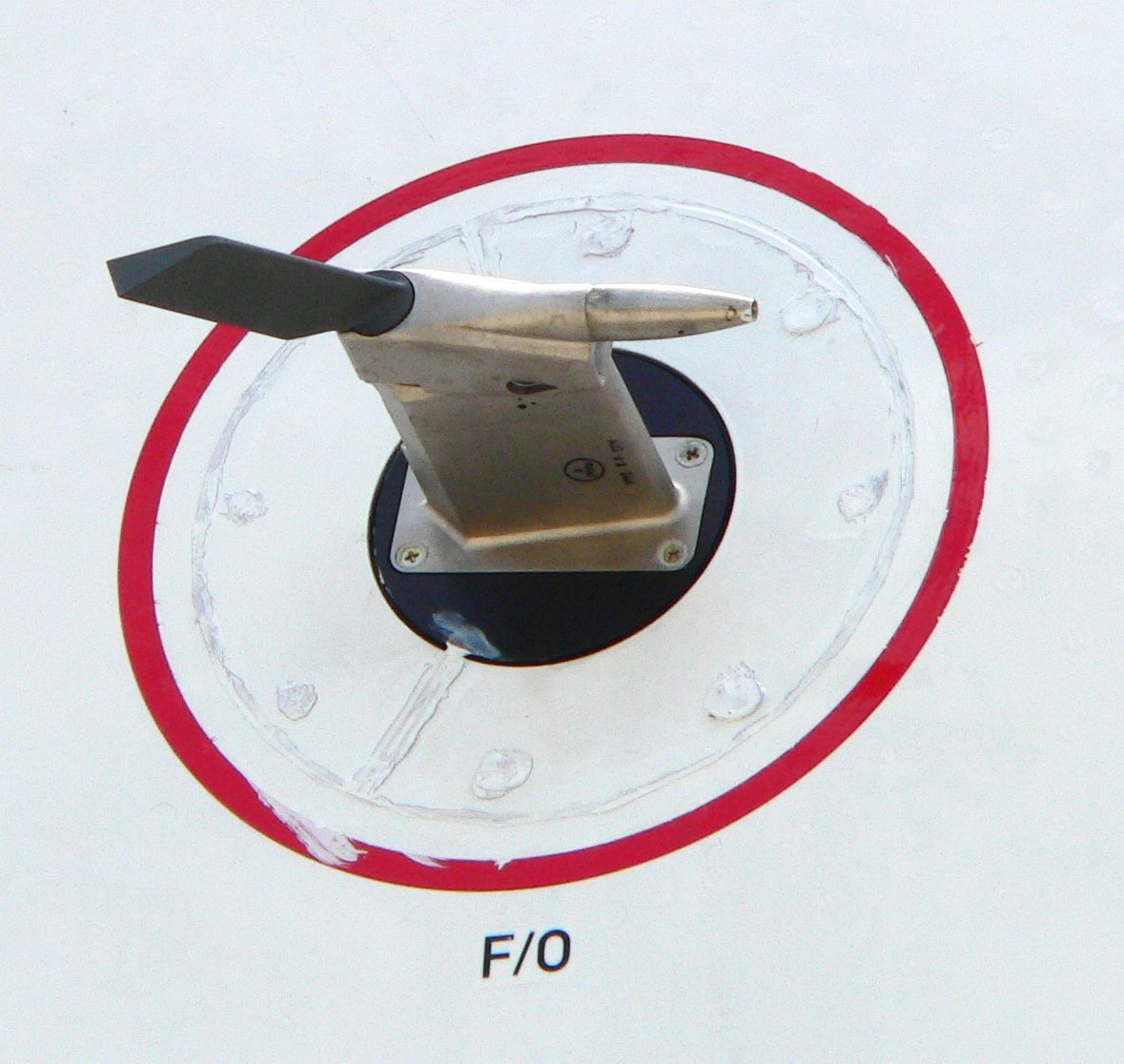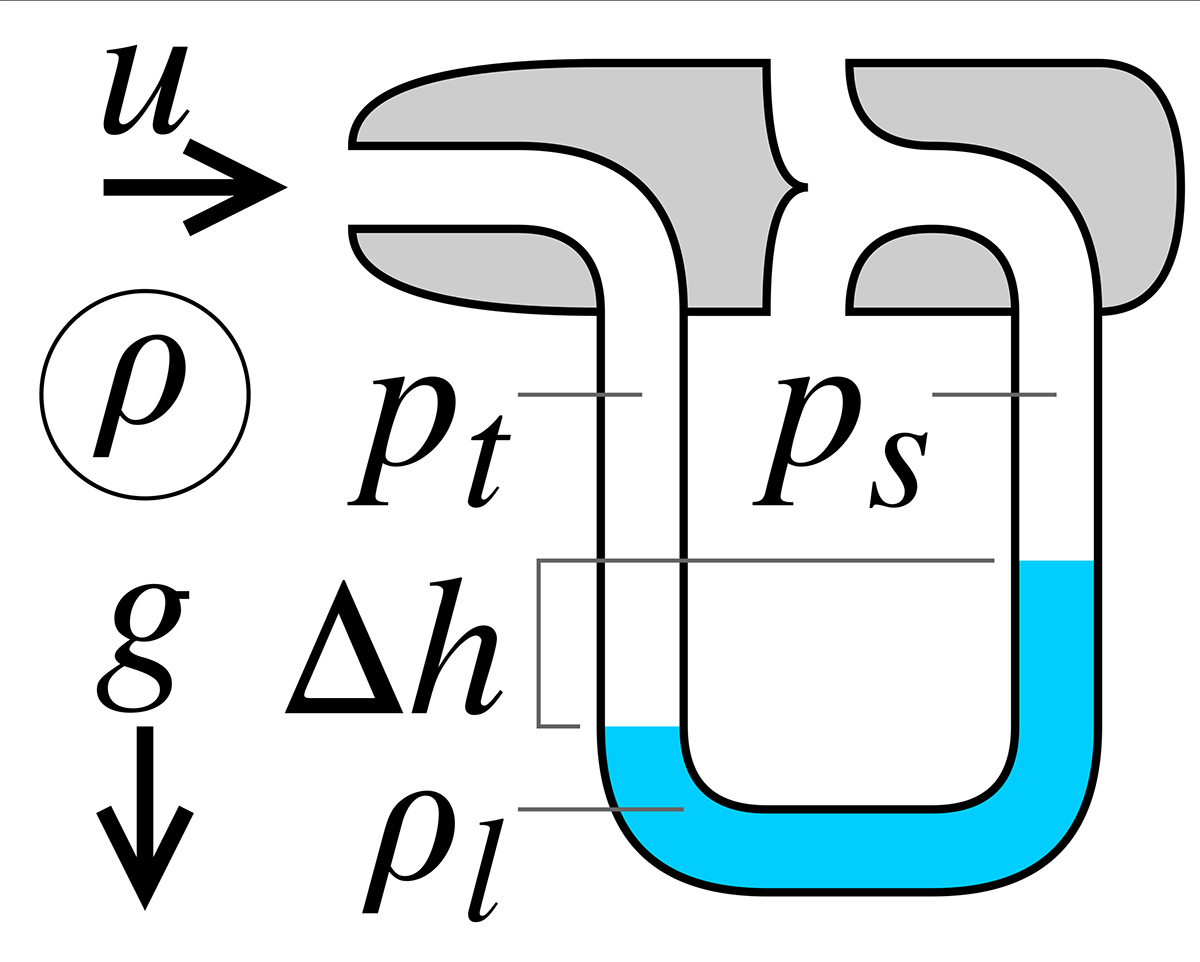Pitot Tube
Pitot Tube


The Pitot tube, a device for measuring fluid flow velocity, was invented by French engineer Henri Pitot in the early 18th century and refined by Henry Darcy in the mid-19th century. It works by measuring the difference between stagnation (total) and static pressure within a fluid, allowing for the calculation of flow velocity.
Here's a more detailed historical account:
Early Development (1732):
Henri Pitot, a French engineer, developed the original Pitot tube in 1732 to measure the speed of water flow in rivers and canals.
Purpose of the Invention:
Pitot's invention aimed to determine the velocity of fluids by measuring the pressure exerted by the fluid's kinetic energy.
Mechanism:
The Pitot tube works by converting the kinetic energy of the fluid flow into potential energy, which is then measured as a pressure difference.
Modern Form (1858):
In 1858, French scientist Henry Darcy modified Pitot's design, creating the modern form of the Pitot tube, enhancing its accuracy and applicability.
Key Principle:
The Pitot tube measures the stagnation pressure (total pressure) at the front of the tube and the static pressure at the sides, with the difference between these two pressures representing the dynamic pressure, which can be used to calculate the fluid velocity.
Applications:
Pitot tubes are widely used in various fields, including:
- Aviation: Determining the airspeed of aircraft.
- Hydraulics: Measuring the water speed of boats.
- Industry: Measuring the flow velocity of liquids, air, and gases.
Pitot-static tube:
A variation of the Pitot tube, called a Pitot-static tube, measures both stagnation and static pressures, allowing for more accurate velocity calculations.
